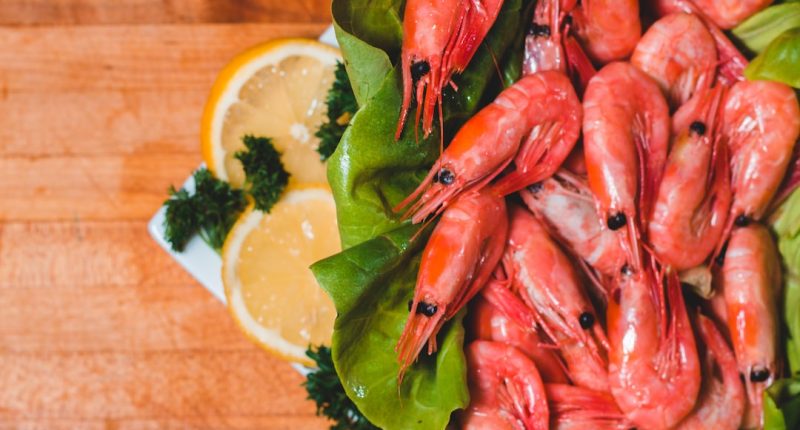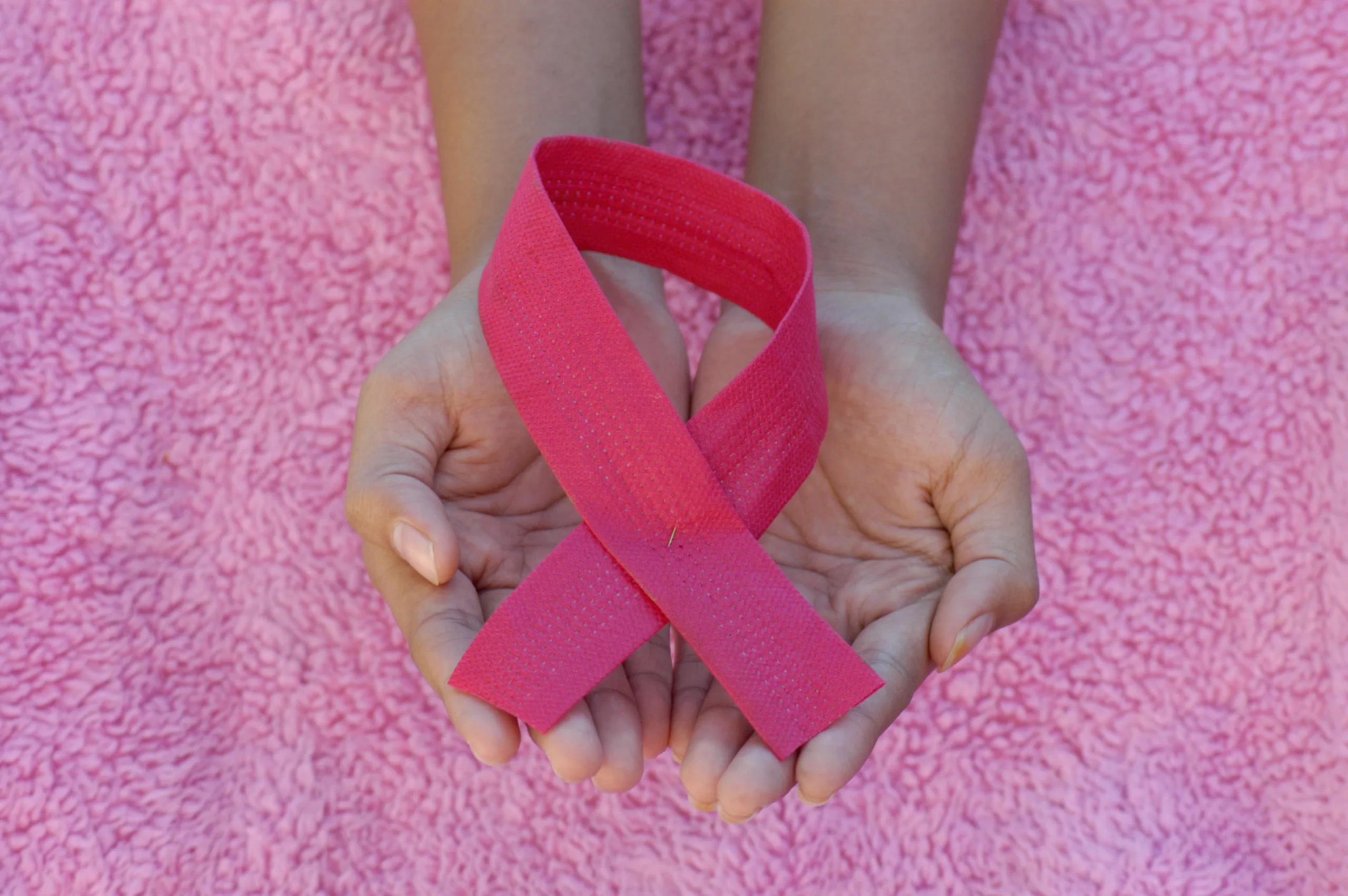Shrimp: The Good, The Bad, and The Delicious. It’s a seafood delicacy enjoyed by many around the world. Whether grilled, sautéed, or added to a flavorful pasta dish, shrimp offers a burst of flavor that tantalizes our taste buds. But beyond its deliciousness lies a deeper exploration into the side effects of adding this crustacean to your diet.
In this blog post, we’ll dive into the complex relationship between shrimp and our health. We’ll uncover the good – those nutritional benefits that make it worth considering as part of your balanced diet. We’ll also explore the bad – potential risks and concerns associated with consuming shrimp. And don’t worry; we won’t forget about the main reason why we love shrimp so much: its undeniable deliciousness!
So join us on this journey through oceanic flavors as we navigate through the intricacies of including shrimp in your meals while keeping an eye on its side effects. Get ready for some food for thought – both literally and figuratively!
Read Also: The Complete Guide to Starting Your Own Kitchen Garden in 10 Minutes or Less
Shrimp: The Good
When it comes to the benefits of adding shrimp to your diet, there’s plenty to talk about. Shrimp is a fantastic source of lean protein. Packed with essential amino acids, it helps build and repair tissues in our bodies.
Not only that, but shrimp also boasts an impressive array of vitamins and minerals. It contains vitamin B12 for a healthy nervous system, zinc for immune function, and selenium for antioxidant protection. Plus, it’s low in calories and carbohydrates while being high in omega-3 fatty acids – great news for those looking to maintain a balanced diet or even shed a few pounds!
But the goodness doesn’t stop there! Shrimp offers another notable benefit: it’s rich in astaxanthin—a potent antioxidant responsible for its vibrant pink color. Astaxanthin has been linked to improved heart health and reduced inflammation.
In addition to its nutritional profile, shrimp is incredibly versatile when it comes to cooking. Whether you prefer grilling skewers on a summer evening or tossing them into stir-fries bursting with veggies, this seafood delicacy adds depth of flavor wherever it goes.
Also Read: Dieting Hack: Should You Make These 4 Simple Changes To Your Diet?
Shrimp: The Bad
While shrimp is undeniably delicious and packed with protein, it’s important to understand some of the potential downsides. One of the main concerns when it comes to consuming shrimp is its high cholesterol content. In fact, a serving of shrimp can contain over 200 milligrams of cholesterol, which is more than half of the recommended daily limit for individuals at risk for heart disease.
Another issue with shrimp is its potential for causing allergic reactions in some people. Shellfish allergies are quite common and can range from mild symptoms such as itching and hives to more severe reactions that may involve difficulty breathing or even anaphylaxis.
Additionally, there are concerns about the environmental impact of shrimp farming. Shrimp aquaculture often involves clearing mangroves and other coastal habitats to make way for ponds, leading to habitat destruction and loss of biodiversity. Furthermore, intensive farming methods can result in pollution from excess feed and waste discharge into surrounding ecosystems.
If you’re someone who prefers sustainable seafood options, it’s worth noting that not all sources of shrimp are created equal. Some fisheries use harmful fishing practices like bottom trawling which causes significant damage to marine habitats and results in bycatch – unintentional capture of non-target species.
Understanding these potential drawbacks allows us to make informed choices about incorporating shrimp into our diets while minimizing any negative impacts on our health or the environment
Shrimp: The Delicious
When it comes to seafood, shrimp holds a special place in the hearts of many. Its delicate and succulent flavor is simply irresistible for seafood enthusiasts all around the world. Whether grilled, sautéed, or used in various dishes such as stir-fries or pasta, shrimp adds a delightful touch to any meal.
One of the reasons why shrimp is so delectable is its versatility. It can be marinated with different spices and herbs, allowing you to experiment with flavors and create unique culinary experiences. From spicy Cajun seasoning to zesty lemon garlic butter, there are endless possibilities when it comes to enhancing the taste of shrimp.
Not only is shrimp delicious on its own, but it also pairs wonderfully with other ingredients. Think about indulging in a mouthwatering surf-and-turf dish featuring juicy steak alongside perfectly cooked jumbo shrimp. Or imagine savoring a refreshing summer salad where plump shrimp mingle beautifully with crisp greens and tangy dressings – pure gastronomic bliss!
The texture of shrimp further enhances its appeal. With each bite, you experience a satisfying combination of tenderness and slight resistance that makes eating shrimp an enjoyable sensory experience. Whether you prefer smaller varieties like popcorn or larger ones like tiger prawns, there’s something undeniably satisfying about sinking your teeth into these little ocean gems.
In addition to their deliciousness factor, another advantage of incorporating shrimp into your diet is their low-calorie content compared to other meats such as beef or pork. This makes them an excellent choice for those looking for healthier protein options without compromising on taste.
So go ahead and indulge in this culinary delight! Explore various recipes that showcase the incredible flavors that can be achieved with this versatile ingredient. Just remember moderation is key—enjoying shrimp as part of a balanced diet will allow you to reap all the benefits while minimizing potential downsides.
Also Read: 10 Simple Recipes for Summer: Here is a list of five easy-to-make, simple recipes perfect for the summer.
How to enjoy Shrimp while minimizing the side effects
When it comes to enjoying shrimp, there are a few things you can do to minimize any potential negative side effects. Here are some tips on how to fully savor this tasty seafood without worrying about the downsides.
First and foremost, opt for fresh or frozen shrimp instead of those that have been breaded or fried. These preparations often add unnecessary calories and unhealthy fats, which can contribute to weight gain and increase cholesterol levels. Stick with grilled, steamed, or sautéed options for a healthier choice.
Another way to reduce the bad side effects of eating shrimp is by controlling portion sizes. While it may be tempting to indulge in a large plateful of these delicious crustaceans, moderation is key. Aim for sensible serving sizes – about 3-4 ounces per meal – so you can still enjoy their flavor without overdoing it.
Additionally, consider pairing your shrimp with nutrient-rich vegetables and whole grains. By incorporating a variety of colorful veggies into your meals, you’ll not only enhance the taste but also boost your intake of essential vitamins and minerals. Whole grains like brown rice or quinoa provide fiber and complex carbohydrates that help maintain steady energy levels throughout the day.
Pay attention to any allergic reactions or sensitivities you may have when consuming shrimp. Some individuals may experience symptoms such as itching, swelling, or difficulty breathing after eating shellfish. If this applies to you, it’s crucial to avoid shrimp altogether or consult with a healthcare professional before including them in your diet.
By following these simple guidelines – choosing healthier cooking methods, controlling portion sizes, and incorporating nutrient-rich foods into your meals – you can thoroughly enjoy the flavors of succulent shrimps while minimizing any potential negative side effects they might bring.
Adding Shrimp to Your Diet: Recipes to Try out
1. Start by experimenting with different cooking methods: Shrimp can be grilled, sautéed, boiled, or even baked. Trying out various cooking techniques will help you find your favorite way to enjoy this delicious seafood.
2. Incorporate shrimp into salads and stir-fries: Adding cooked shrimp to fresh salads or vibrant stir-fries is a great way to boost the nutritional value of your meals. It adds a burst of flavor and protein without overwhelming the dish.
3. Make shrimp the star of your pasta dishes: Whether it’s tossing them with some garlic and olive oil or adding them as a topping to creamy Alfredo sauce, shrimp can elevate any pasta dish from ordinary to extraordinary.
4. Get creative with appetizers and snacks: Consider making shrimp cocktails, shrimp spring rolls, or even spicy buffalo shrimp bites for your next gathering or party. These bite-sized treats are sure to impress your guests.
5. Don’t forget about seafood soups and stews: Shrimp makes an excellent addition to hearty soups like gumbo or chowder. The sweet taste of the shrimp complements the rich flavors in these comforting dishes
6. Opt for sustainable sources: When buying shrimp, choose wild-caught options that are sustainably sourced whenever possible. This ensures that you are supporting responsible fishing practices while enjoying this tasty delicacy.
Remember, moderation is key when adding any food to your diet – including shrimp! Enjoy it as part of a balanced meal plan that includes plenty of vegetables, whole grains, and lean proteins for optimal health benefits.
Also Read: What Are The Health Benefits Of Garlic? How To Harness Its Healing Power?
In Summary
In this article, we have explored the good, the bad, and the delicious aspects of adding shrimp to your diet. Shrimp is a nutrient-rich seafood that offers numerous health benefits. It is packed with protein, vitamins, and minerals that support overall well-being.
On the other hand, shrimp does come with some potential downsides. The high cholesterol content and risk of allergenic reactions are important factors to consider. However, these concerns can be managed by practicing moderation and taking necessary precautions.
If you’re looking to incorporate more shrimp into your diet, start by trying simple recipes like garlic butter shrimp or spicy grilled skewers. Remember to balance your overall meal plan with a variety of other nutritious foods such as fruits, vegetables, whole grains, and lean proteins.
Whether you decide to include shrimp in your diet or not depends on personal preferences and dietary needs. As with any food choice, it’s essential to listen to your body’s signals and make informed decisions based on reliable information.
So go ahead – savor the delightful taste of well-prepared shrimp dishes while being mindful of their potential side effects. Enjoy this delectable seafood in moderation as part of a balanced eating plan for optimal health!






